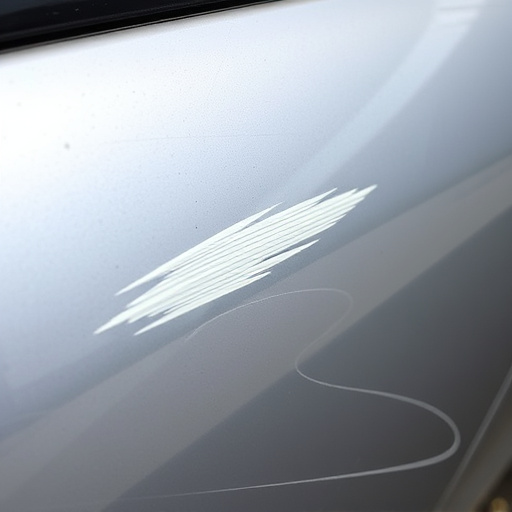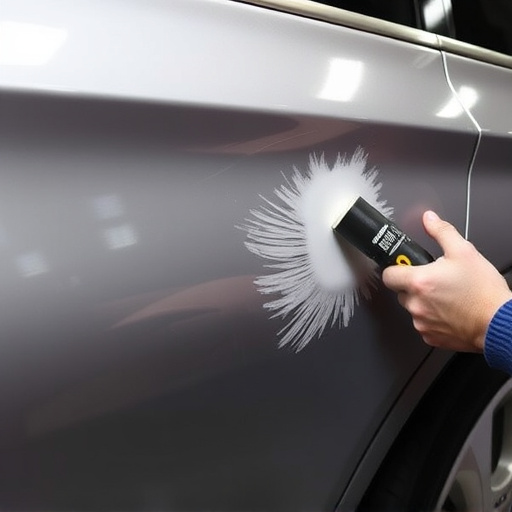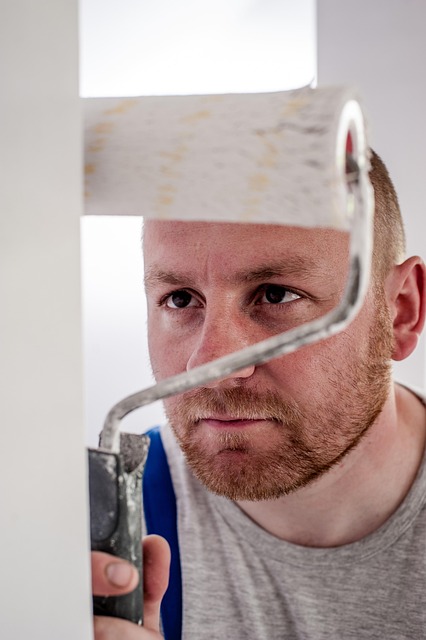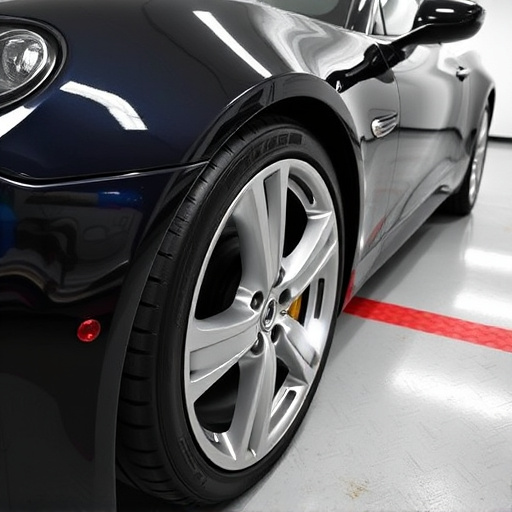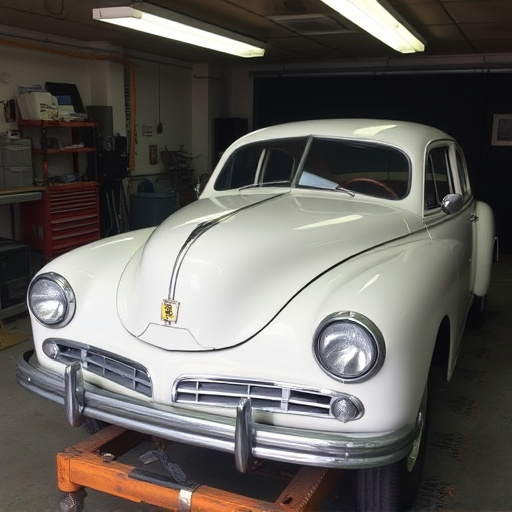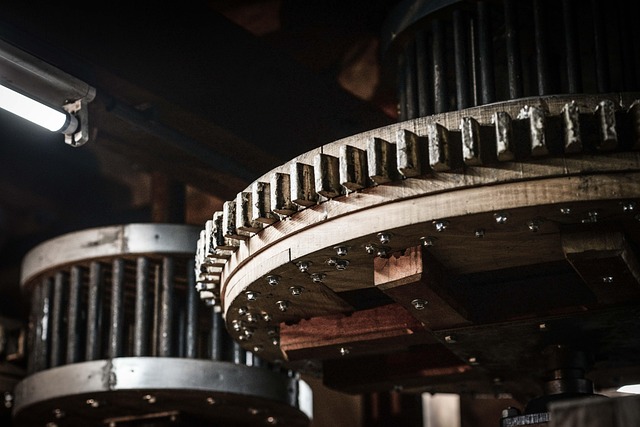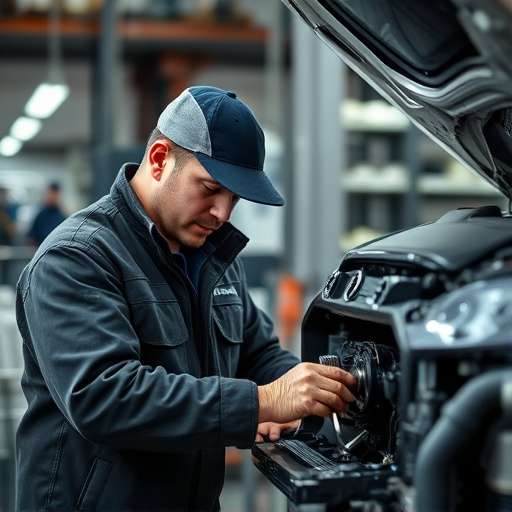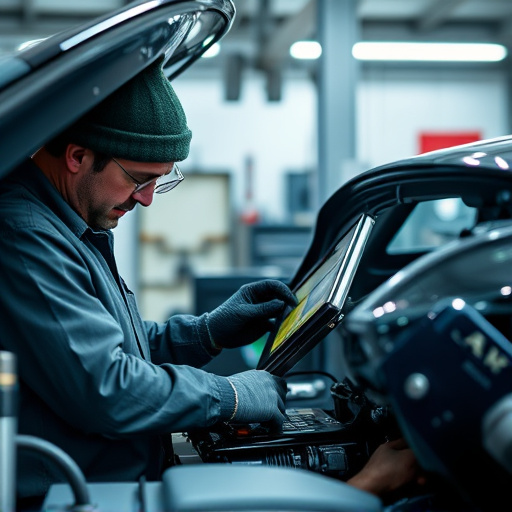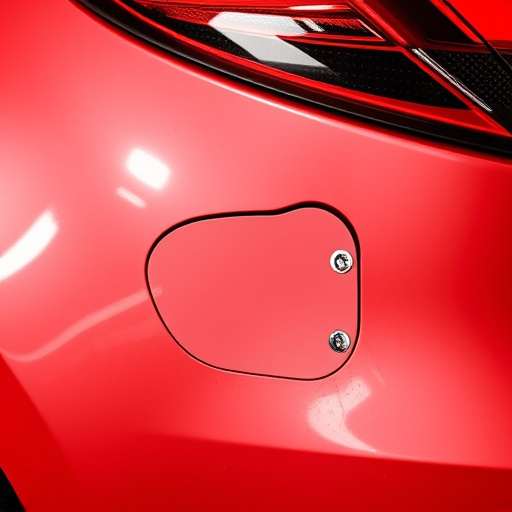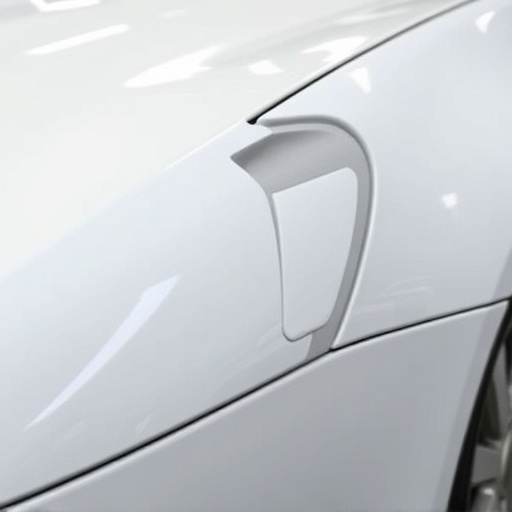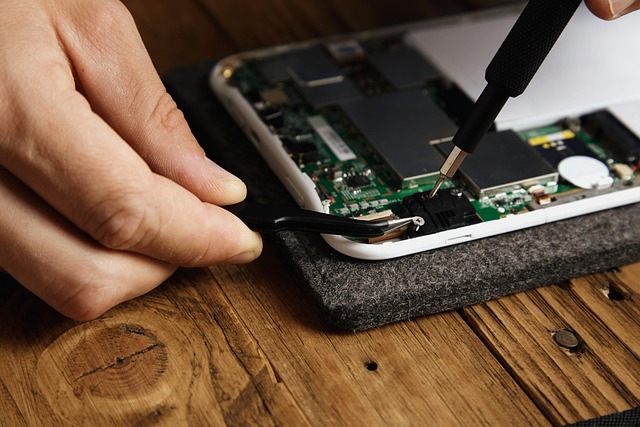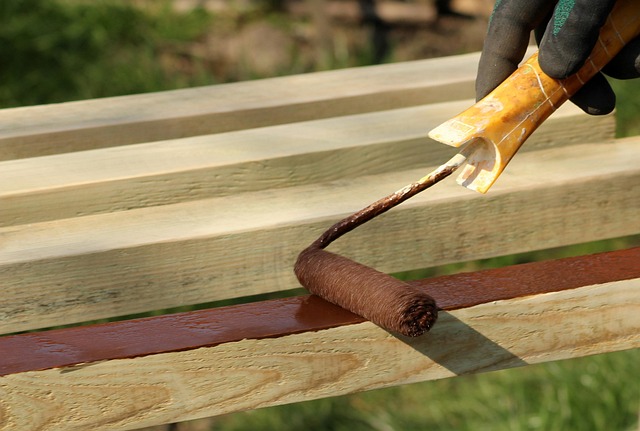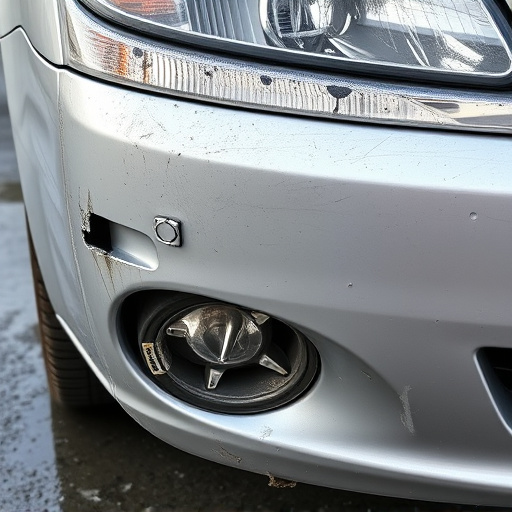Mercedes electronic steering systems, driven by intricate components like torque sensors, significantly enhance driving experience and safety. Proper calibration of these sensors is crucial for optimal handling, safety features, and comfort during Mercedes electronic steering repair. After replacement or refurbishment, accurate torque sensor calibration ensures precise vehicle control, enhances responsiveness, and aligns with advanced driver-assistance systems (ADAS). Collision centers must prioritize this critical step in their repair process to achieve customer satisfaction and ensure vehicle safety.
Mercedes electronic steering systems are revolutionizing vehicle control, offering precision and comfort. However, issues like sensor malfunctions can lead to costly repairs. One critical aspect of Mercedes electronic steering repair is torque sensor calibration. This sensor plays a pivotal role in adjusting steering assistance, ensuring optimal performance. When calibrated correctly, it enhances driving dynamics and safety. Our article guides you through understanding these systems, the importance of calibration, and provides a step-by-step process for effective Mercedes electronic steering repair.
- Understanding Mercedes Electronic Steering and Its Components
- The Role of Torque Sensor Calibration in Repair
- Step-by-Step Guide to Performing a Torque Sensor Calibration
Understanding Mercedes Electronic Steering and Its Components

Mercedes electronic steering systems have revolutionized vehicle handling and precision driving. At the heart of this technology lies a complex network of components, each playing a vital role in ensuring smooth and responsive steering. Understanding this intricate system is key when addressing any Mercedes electronic steering repair, particularly focusing on torque sensor calibration. The torque sensor, a critical component, measures the driver’s input and translates it into electrical signals, which then adjust the steering rack for optimal performance.
A well-calibrated torque sensor is essential for maintaining the vehicle’s handling characteristics and safety features. In the event of damage or malfunction, it can lead to steering inconsistencies, affecting both driving comfort and road safety. Therefore, when addressing Mercedes electronic steering repair, collision centers and auto maintenance professionals must ensure precise torque sensor calibration as part of their service procedures, guaranteeing the vehicle returns to its optimal state.
The Role of Torque Sensor Calibration in Repair
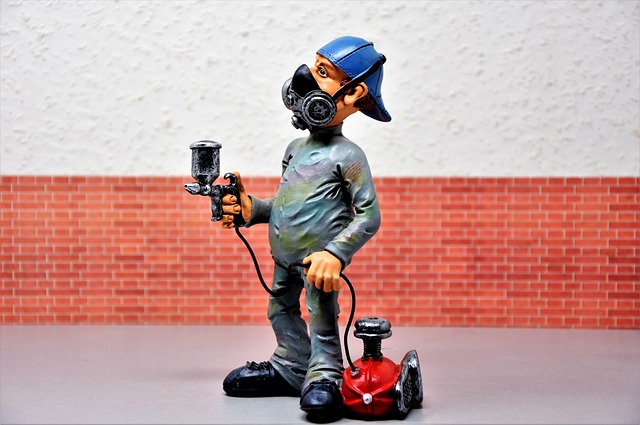
In a Mercedes electronic steering repair process, Torque Sensor Calibration plays a pivotal role, ensuring precise and seamless vehicle control. This calibration is essential for adjusting the sensor’s measurements to match the actual torque being applied to the steering system. During repairs, technicians often replace or refurbish the torque sensor, necessitating a subsequent calibration step. This step aligns the sensor with the vehicle’s updated specifications, guaranteeing that the electronic power steering functions accurately and safely.
Accurate torque sensor calibration is crucial for maintaining optimal performance in modern cars, especially those equipped with advanced driver-assistance systems (ADAS). It contributes to improved handling, responsiveness, and overall driving experience. For comprehensive car repair services or auto collision repairs, a well-executed Mercedes electronic steering repair, including torque sensor calibration, becomes vital in a collision center’s portfolio, ensuring customer satisfaction and vehicle safety.
Step-by-Step Guide to Performing a Torque Sensor Calibration
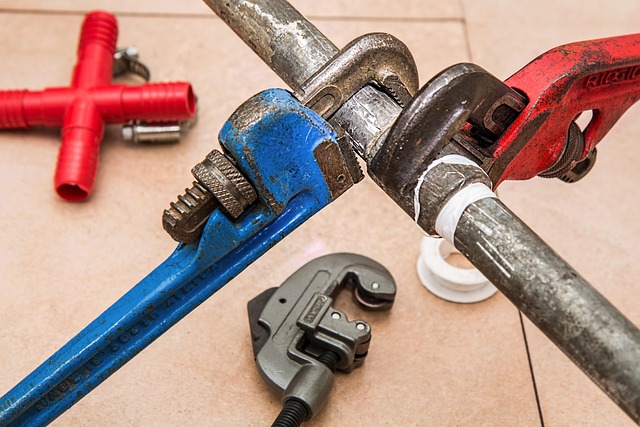
Performing a torque sensor calibration is a crucial step in any Mercedes electronic steering repair process. This step-by-step guide ensures your car’s power steering system operates at peak performance. Start by locating the torque sensor, typically found near the steering rack. Next, disconnect the sensor from its wiring harness using specialized tools to prevent damage. Once exposed, clean the sensor and its surrounding area thoroughly; even minor debris can affect calibration.
Next, use a calibrated test instrument to check the sensor’s resistance against known standards. Adjust any necessary settings on your diagnostic equipment to match the vehicle’s specifications. After achieving accurate readings, reconnect the sensor and secure it properly. Finally, drive the vehicle at various speeds and through different turns to ensure the system has settled correctly. This hands-on approach, when executed by a skilled auto repair shop or car repair services professional, is vital for achieving precise torque sensor calibration in Mercedes electronic steering repairs, enhancing overall vehicle safety and control.
Mercedes electronic steering repair, particularly involving torque sensor calibration, is a critical process for maintaining optimal vehicle performance. By understanding the intricate components of Mercedes’ electronic steering system and implementing precise calibration techniques, repairs can ensure seamless handling and accurate steering response. This comprehensive guide highlights the importance of torque sensor calibration in repairing such systems, providing mechanics with a step-by-step approach to achieving precise adjustments.
